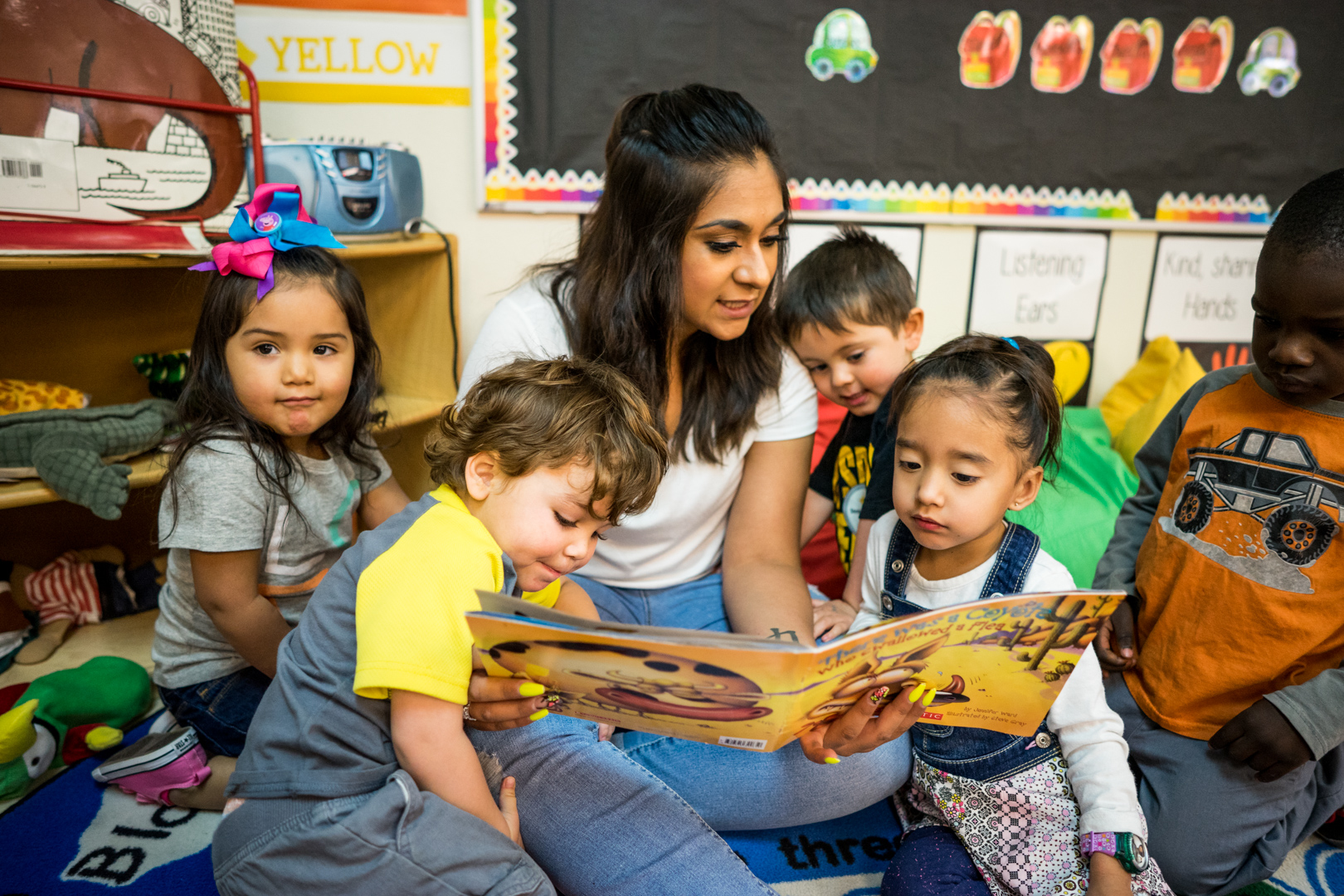近年、日本でも幼児教育への関心が高まっています。子どもの将来の学力や人間性の土台を築く大切な時期だからこそ、どのような環境やプログラムが最適なのか、悩む親御さんも多いでしょう。その一方で、海外ではどのような幼児教育が行われているのか、興味を持っている方も少なくありません。
本ブログでは、日本と海外(欧米やアジアを中心に)における幼児教育の特徴や考え方を比較しながら、「どのような点が共通していて、どのような点が違うのか」を探ってみたいと思います。それぞれの良い部分を理解することで、私たちが子育てや教育を考える上でのヒントを得られるのではないでしょうか。
1.日本の幼児教育の特徴
(1) 集団生活を重視
日本の保育園や幼稚園では、子どもが集団生活を通して社会性や協調性を身につけることが大きな目的とされています。朝の会や帰りの会、行事や運動会といった行動を「みんなで合わせる」活動が多く、チームワークやマナーを学ぶ機会が多いのが特徴です。
一方で、海外の一部の幼児教育機関では、個々のペースや興味を尊重したプログラムが強調されることもあり、日本のように「全員一緒にやる」スタイルが新鮮に映ることがあります。
(2) きめ細かな指導とルール作り
日本の保育士や幼稚園教諭は、子どもの身の回りのサポートや安全管理、生活習慣のしつけなど、細部にわたって手厚い指導を行う印象があります。靴の脱ぎ履きやお弁当の片付け、正しい姿勢で椅子に座るなど、生活の基本に対して厳しめに教える場面が多いです。
これは子どものうちに基礎的な生活習慣を身につけさせることで、小学校以降の集団生活をスムーズにする狙いがありますが、海外から見ると「日本は子どもの自主性よりも、ルールを守ることを重視している」と感じられる場合もあるでしょう。
(3) 行事や季節感を大切にする
日本の幼児教育では、四季折々の行事や自然との触れ合いが重要視されます。節分、ひなまつり、七夕、運動会など、季節や文化行事が多彩に用意されており、子どもたちが日本の伝統を体験しながら学ぶ機会が豊富です。
これらの行事を通じて、子どもは季節の移り変わりを肌で感じたり、家族や地域の人との関わりを深めたりすることができます。海外の幼児教育機関でも季節のイベントはありますが、日本ほどバリエーション豊富に行事を取り入れている国は、比較的少ないかもしれません。
2.海外の幼児教育の特徴
(1) 個性や自主性を重視
特に欧米の幼児教育では、個々の子どもの興味や発達段階に合わせたカリキュラムを組むことが多いです。たとえば、モンテッソーリ教育やレッジョエミリア・アプローチといった手法では、子ども自身の「やりたい」「知りたい」という気持ちを最大限に尊重し、教室環境や教材を工夫しています。
教師は一方的に指示を出すのではなく、子どもが自ら課題やテーマを見つけて取り組むように支援し、見守るスタンスを取るのが特徴的です。子どもは自分の興味を深める中で、自然と自立や問題解決能力を身につけていきます。
(2) 言語教育・多文化理解の早期導入
海外の幼児教育では、母国語以外の言語教育や、多文化を理解するプログラムが取り入れられることが少なくありません。たとえば北欧の国々やカナダなどでは、園児の段階から英語や別の外国語に触れる機会を用意しているケースがあります。
また、多民族国家では園児同士が異なる文化背景を持っている場合も多く、自然に「違う文化や言語に興味を持つ」環境が整っているのが特徴です。子どもたちは多文化に触れることで、お互いを尊重する態度やグローバルな視点を早くから育むことができます。
(3) 外遊びと自然体験を重視
海外の幼児教育、特に欧米やオーストラリアなどでは、屋外での遊びや自然との触れ合いの時間を多く設けるところが多いです。森の幼稚園やアウトドア保育と呼ばれる形態では、子どもが毎日長時間、森や公園で自由に遊んだり観察したりする活動が中心となっています。
こうした環境では、子どもは身体機能を伸ばしながら自然や動植物に対する好奇心を育み、同時に「自分で考えて安全を確保する力」を身につける機会にも恵まれます。日本でも「森のようちえん」が徐々に広がりつつありますが、まだまだ都市部では実施例が少なく、海外ほど一般的ではないかもしれません。
3.日本と海外の共通点・相違点
共通点
- 子どもの発達や個性を大切にする姿勢は、いずれの国でも共通している
- 安全面や健康面での配慮は徹底されており、保育・教育の質を高めようとする努力がある
- 親とのコミュニケーションや連携を重視し、子どもを取り巻く環境をよりよくする工夫が見られる
相違点
- 集団 vs. 個: 日本では「集団生活でのルールや協調性」が強調されやすく、海外では「個々の自主性や興味」を尊重する傾向が強い
- 行事の数や内容: 日本は伝統行事や季節行事が多彩である一方、海外では多文化・多言語環境に合わせたプログラムが多い
- 屋内 vs. 屋外活動のバランス: 日本は室内プログラムや行事の準備に力を入れることが多く、海外は自然環境を活用した外遊びを重視するところが多い
4.それぞれの良さを生かすには
(1) 日本の強み:細やかな配慮と文化教育
日本の幼児教育は、手厚いサポートときめ細かな指導が魅力です。生活習慣やルール、行事を通して、子どもは集団生活を円滑に送るための基礎を身につけやすいでしょう。また、季節や伝統文化に触れる機会も豊富で、日本の習慣を大切にする心を育む点が優れています。
(2) 海外の強み:自立心とグローバルな視野
海外の幼児教育は、子どもの自主性や興味に寄り添い、自発的に学ぶ力を育てるのが特徴。多言語・多文化への対応が進んでいる環境もあり、子どものうちから多角的な視野を身につけやすいのがメリットです。自然や屋外での活動を通じて、探求心や身体能力を伸ばす機会も豊富に用意されています。
(3) ハイブリッドなアプローチを考える
最近では、日本でもモンテッソーリやレッジョエミリア、あるいは自然保育など海外の要素を取り入れた園やプログラムが増えています。一方、海外の保育者が日本の行事やしつけ方法に関心を抱くことも増えており、互いの長所を学び合う動きが活発になっています。
親としては、子どもの性格や家庭の方針に合った保育スタイルを選択するのが大切ですが、海外の幼児教育の考え方を取り入れてみたり、逆に日本の行事や文化を大切にしたりと、複数の視点からバランスよく取り入れるのも一つの手です。
まとめ
日本と海外の幼児教育を比較してみると、それぞれの文化や社会的背景を反映した特徴が浮かび上がってきます。日本独自の「きめ細やかさ」や「四季の行事を大切にする心」は、子どもの豊かな感性をはぐくむ手段として貴重です。一方で、海外の「個性・自主性を尊重する」「多言語・多文化にオープンである」という姿勢は、子どもたちの未来を広げる要素と言えるでしょう。
どちらが優れている、どちらが劣っているという単純な比較ではなく、それぞれの良さを知ったうえで、家庭や地域、子どもの特性に合ったスタイルを柔軟に選択・組み合わせることが大切なのではないでしょうか。これからの時代、国境や文化の垣根を越えた視野を持つ子どもを育てるうえでも、日本と海外の幼児教育の双方から学ぶ意義はますます大きくなっていくと考えられます。
Let’s Compare Japanese and Overseas Early Childhood Education
Interest in early childhood education is growing in Japan. Parents often wonder what kind of environment or program is best for their child’s future academic and personal development, given how crucial these formative years can be. At the same time, some are curious about how early childhood education is conducted in other countries.
In this blog, we’ll explore the distinctive features and educational philosophies of both Japan and selected overseas countries (mostly in Europe and North America, as well as parts of Asia). By identifying what they have in common and how they differ, we may discover helpful insights for our own approach to parenting and education.
1. Key Characteristics of Early Childhood Education in Japan
(1) Emphasis on Group Living
In Japanese preschools and kindergartens, one major goal is for children to develop social skills and a sense of cooperation through group activities. From morning assemblies to end-of-day gatherings, sports days, and cultural events, many activities revolve around “doing things as a group,” highlighting teamwork and etiquette.
In contrast, some overseas schools place a stronger emphasis on respecting each child’s pace and interests. The “all together now” style in Japan can be quite novel from an international viewpoint.
(2) Detailed Guidance and Structured Rules
Japanese childcare workers and preschool teachers tend to provide meticulous guidance, from ensuring children’s personal safety and helping with everyday tasks to instilling proper posture and table manners. These efforts aim to develop children’s basic life skills early on, easing their transition into elementary school. From an outsider’s perspective, though, Japan sometimes appears more focused on rule-following than on fostering autonomy in children.
(3) Valuing Seasonal and Cultural Events
Japanese early childhood education places high importance on experiencing the seasons and cultural traditions. Children participate in events like Setsubun, Hinamatsuri, Tanabata, and sports festivals, learning about Japanese customs firsthand.
These gatherings allow children to sense the changing seasons, forge stronger relationships with families and community members, and experience Japanese traditions. While many overseas preschools also celebrate seasonal holidays, they may have fewer such events compared to Japan.
2. Key Characteristics of Overseas Early Childhood Education
(1) Emphasis on Individuality and Independence
In many Western countries especially, early childhood curricula focus on each child’s unique interests and developmental stage. Approaches such as Montessori and Reggio Emilia encourage children to follow their curiosity. Classrooms and materials are designed to facilitate self-directed learning, with teachers acting as guides rather than directors.
Children gain independence and problem-solving skills naturally as they deepen their interests at their own pace.
(2) Early Introduction to Language and Cultural Diversity
Outside Japan, it’s not uncommon for preschools to incorporate foreign language lessons or multicultural programs. In countries like those in Northern Europe or Canada, children may start being exposed to English or another language from a very young age.
In multinational societies, it’s normal for classmates to come from varied cultural backgrounds, stimulating early interest in different languages and traditions. Children thus grow up with an attitude of respect and a global perspective from a young age.
(3) Outdoor Play and Emphasis on Nature
In places such as Europe, Australia, and North America, many schools devote significant time to outdoor play and nature experiences. “Forest kindergartens” and nature-based programs allow children to spend extended hours each day observing, exploring, and playing in natural settings like forests and parks.
These environments promote physical development, spark curiosity about wildlife and nature, and encourage children to think for themselves about safety. While “forest kindergarten” concepts are gradually catching on in Japan, it’s not yet as widespread—especially in urban areas.
3. Similarities and Differences
Similarities
- All systems emphasize the importance of nurturing each child’s development and individuality.
- Safety and health considerations are taken seriously, with concerted efforts to enhance the quality of care and education.
- Good communication with parents is valued, and both educators and families work to create supportive environments around children.
Differences
- Group vs. Individual: Japan tends to stress rules and cooperation in group settings, whereas overseas programs often place more weight on individual autonomy and interests.
- Variety of Events: Japan has many traditional and seasonal activities, while overseas institutions often place a stronger focus on multilingual and multicultural experiences.
- Indoor vs. Outdoor Balance: Japanese programs often focus on indoor events and preparations for those events, while many Western schools emphasize outdoor and nature-based activities.
4. Making the Most of Each Approach
(1) Japan’s Strengths: Detailed Support and Cultural Education
Japanese preschools are known for their nurturing support and meticulous instruction. Children learn foundational life skills and social rules, helping them adapt smoothly to grade school. They also encounter Japan’s rich seasonal and cultural traditions, nurturing an appreciation for the country’s heritage.
(2) Overseas Strengths: Independence and Global Awareness
Many overseas programs prioritize children’s autonomy, fueling their intrinsic motivation to learn. Exposure to multiple languages and cultures helps children develop a broader worldview. Ample outdoor activities also expand their curiosity and encourage physical development.
(3) Considering a Hybrid Approach
Recently, more Japanese preschools are adopting methods such as Montessori, Reggio Emilia, or nature-based education from abroad. Conversely, some overseas educators are showing interest in Japanese festivals or methods of instilling good manners. Mutual exchange of educational ideas is becoming more common.
Parents can select a style that fits their child’s personality and family values. They might also blend elements from both systems—for example, integrating Japanese traditions with an emphasis on independence and creativity—in a balanced way.
Conclusion
By comparing early childhood education in Japan and abroad, it becomes clear that each reflects its own cultural and societal context. Japan’s characteristic attention to detail and its numerous seasonal events offer children valuable cultural and sensory experiences. Meanwhile, the overseas focus on individuality, multilingualism, and nature provides children with tools to navigate an increasingly globalized world.
Rather than asking which system is “better,” it’s crucial to recognize the strengths of each. Families, local communities, and the child’s unique traits should guide a flexible and thoughtful approach. In an era where cultural boundaries continue to dissolve, learning from both Japanese and overseas preschool models is increasingly beneficial for raising well-rounded, globally minded children.




コメント